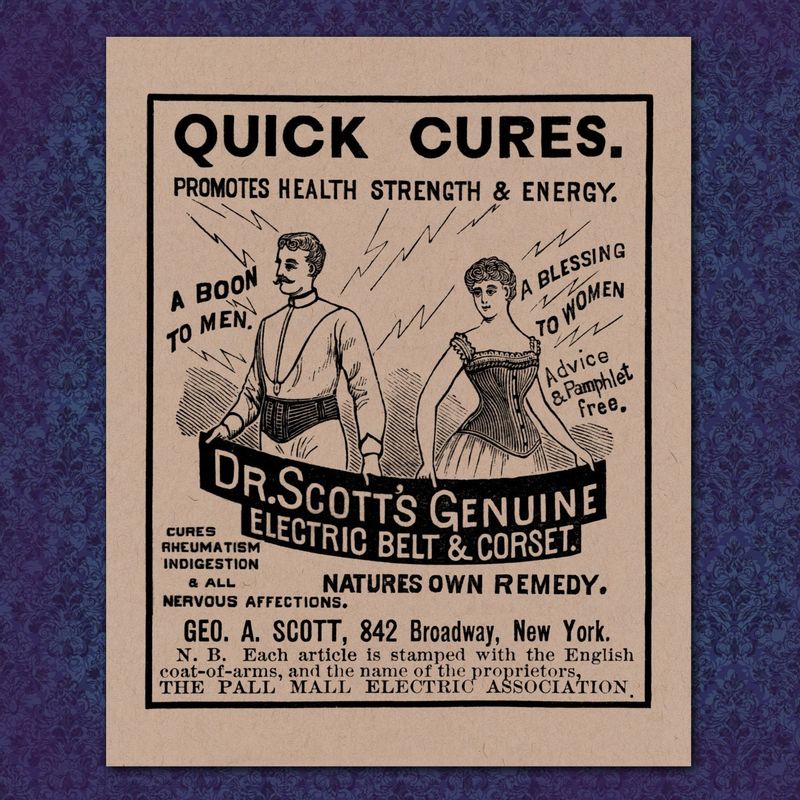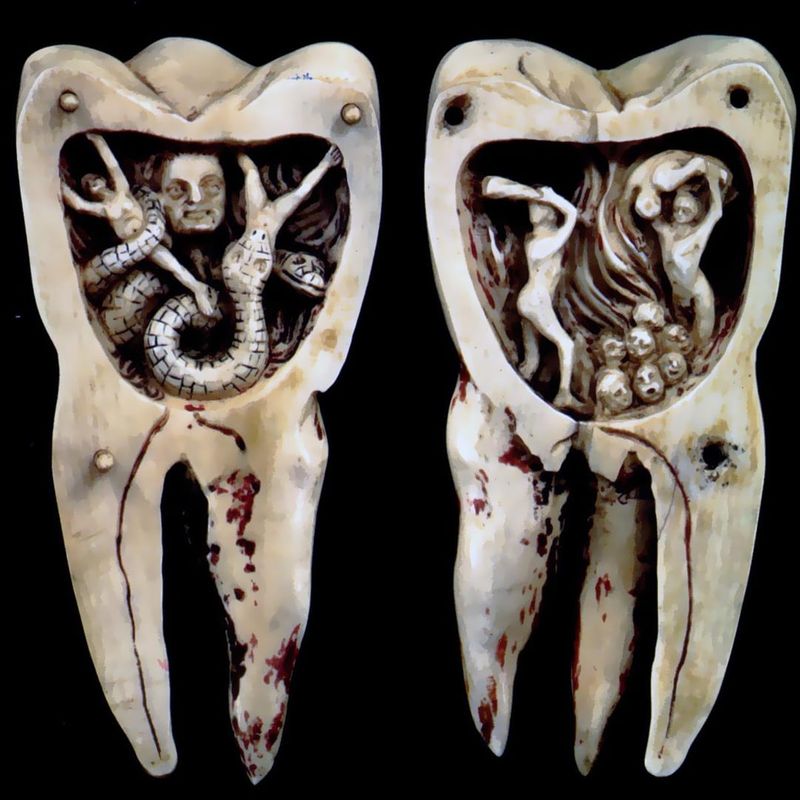9 Outdated Beliefs That Used to Be Serious—Now They’re Just Hilarious

Throughout history, humans have embraced some pretty wild ideas as absolute truth. From ancient medical practices to misunderstandings about basic science, these beliefs shaped how people lived their daily lives. Looking back now, it’s hard not to chuckle at what our ancestors once held as serious scientific or medical facts.
1. The Earth Is Flat

Ancient civilizations worldwide once accepted the Earth’s flatness as common knowledge. Sailors feared sailing too far and potentially falling off the edge into an abyss of monsters and certain doom.
Today, we have countless satellite images showing our beautiful blue marble from space. Yet somehow, a small but vocal flat Earth movement persists in the internet age, despite astronauts, physics, and literally anyone who’s watched a ship disappear over the horizon proving otherwise.
2. Wearing Corsets for Health and Beauty

Victorian doctors actively prescribed corsets to treat everything from poor posture to digestive issues. Women endured being laced so tightly they could barely breathe or eat, sometimes causing their internal organs to shift position!
Fashion magazines promoted the bizarre 16-inch waist as the ideal feminine silhouette. The reality? These contraptions caused fainting spells, broken ribs, and compressed lungs. Modern medical professionals now view historical corsetry as a dangerous practice that prioritized unrealistic beauty standards over basic physical comfort.
3. Lead in Cosmetics and Paint Was Safe

Renaissance nobility routinely applied lead-based white face powder, believing it created the perfect pale complexion. Queen Elizabeth I was famous for her lead-white makeup that slowly poisoned her skin and likely contributed to her death.
Fast forward to the 20th century, and lead paint covered the walls of homes everywhere. Children’s toys were coated in it. Even baby cribs weren’t safe! Nobody connected the mysterious illnesses, developmental delays, and neurological problems to this seemingly harmless household product until decades of damage had been done.
4. Earth Is the Center of the Universe

For centuries, brilliant minds constructed elaborate models showing planets, sun, and stars revolving around Earth in perfect celestial circles. This geocentric view wasn’t just astronomy—it was deeply intertwined with religious authority and human significance in the cosmos.
When Copernicus and later Galileo suggested otherwise, they faced serious opposition. Galileo was actually placed under house arrest for supporting the heliocentric model! The idea that our planet might be just one tiny speck orbiting an ordinary star in a vast universe was simply too revolutionary for its time.
5. Tooth Worms Caused Cavities

From ancient Sumerians to 18th-century Europeans, people firmly believed tiny invisible worms burrowed into teeth, causing excruciating pain. The “proof”? The little holes in decayed teeth obviously had to be worm tunnels!
Treatments ranged from bizarre to terrifying. Smoking henbane seeds over a candle to “fumigate” the worms out was considered advanced dental care. Others tried placing honey near aching teeth, hoping to lure the imaginary creatures out. Modern dentistry with its understanding of bacteria, plaque, and sugar’s role makes these old beliefs seem particularly absurd.
6. You Could Catch Cold by Being Cold

Grandmothers everywhere still warn about wet hair in winter. For centuries, people genuinely believed temperature alone caused illness—catch a chill, catch a cold!
The misunderstanding persisted because coincidentally, cold weather does drive people indoors where actual viruses spread more easily. Scientists in the 1950s finally proved colds come exclusively from rhinoviruses, not from temperature. Yet the myth endures in phrases like “catching your death of cold” and in well-meaning but misguided advice to bundle up against illness.
7. Mercury and Arsenic as Medicine

Mercury treatments for syphilis were so common that patients lived by the saying “a night with Venus, a lifetime with Mercury.” Doctors prescribed these deadly toxins for everything from skin conditions to depression, completely unaware they were slowly poisoning their patients.
Arsenic compounds were marketed as health tonics well into the early 20th century. People willingly consumed “Fowler’s Solution” for anemia, asthma, and even as an everyday tonic. Many famous historical figures likely suffered or died from their “medicine,” including Napoleon Bonaparte and King George III, whose madness may have been caused by arsenic treatments.
8. Smoking Is Good for Your Health

“More doctors smoke Camels than any other cigarette!” proclaimed advertisements in the 1940s. Tobacco companies hired actors in white coats to promote cigarettes as throat remedies and digestion aids. Some brands even marketed specifically to pregnant women!
Asthma sufferers were encouraged to smoke for “therapeutic” effects on their lungs. The absurdity reached its peak when cigarettes were included in military rations during both World Wars. Today, with smoking firmly established as a leading cause of cancer, heart disease, and respiratory problems, these old claims seem not just wrong but criminally misleading.
9. Eating Certain Foods Can Change Your Personality

Medieval Europeans classified foods by their supposed effects on temperament and character. Onions and garlic were believed to increase aggression and lustful tendencies, so monks avoided them to maintain spiritual purity.
The ancient “doctrine of signatures” suggested foods resembling body parts would strengthen those organs. Walnuts, looking like tiny brains, were prescribed for intelligence. Even in the early 20th century, some believed tomatoes could turn you passionate or violent due to their bright red color. While we now understand nutrition affects health, the idea that a clove of garlic could transform you into an entirely different person seems charmingly naive.

Comments
Loading…